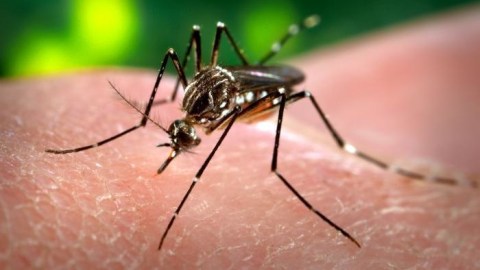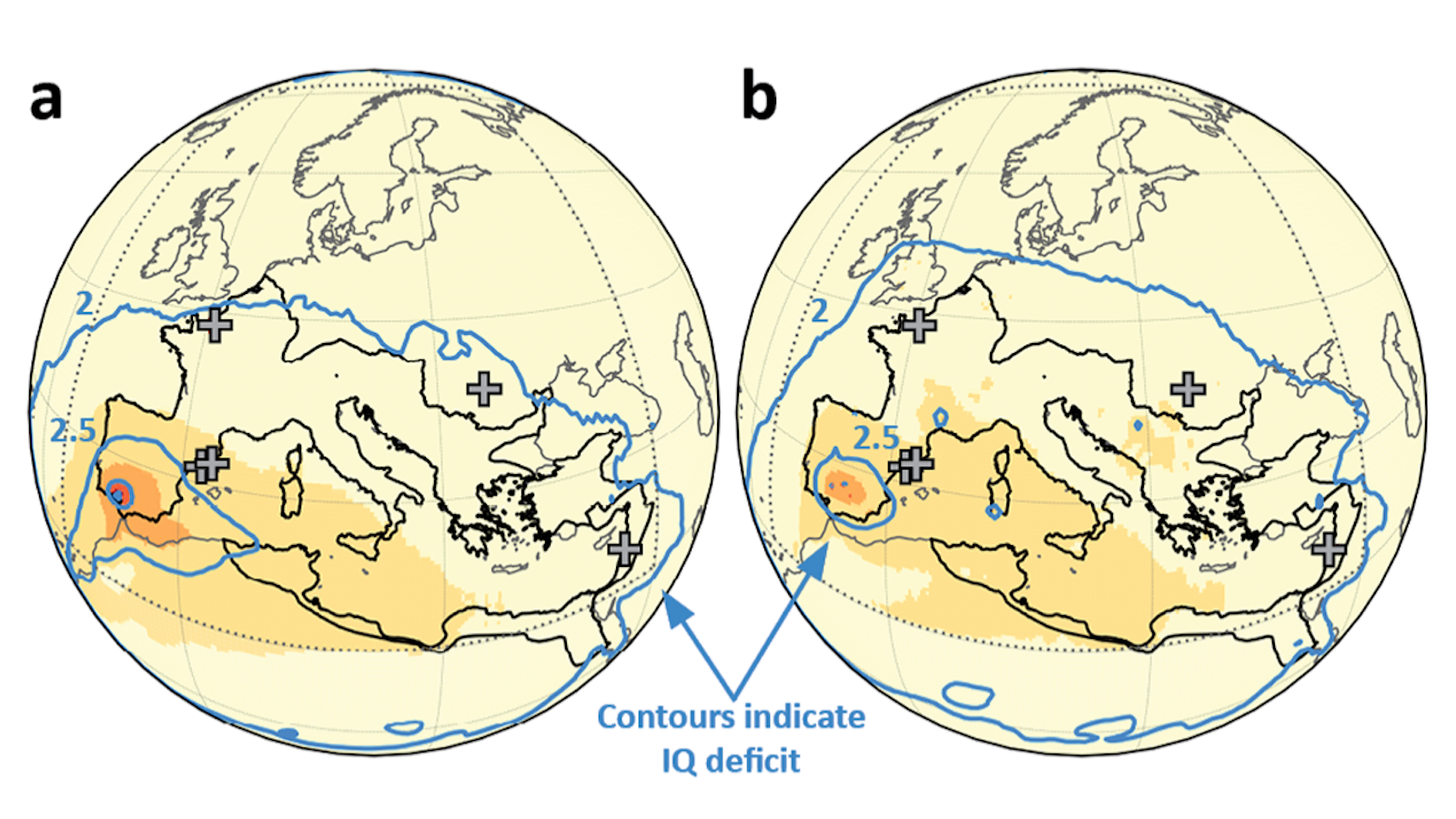The Great Zika Freak-Out: A Teaching Moment in the Psychology of Fear

A new disease with an exotic name, Zika virus, is spreading “explosively” around the world. It may be causing babies to be born with shrunken heads and brains. No one has immunity. Experts admit significant uncertainty about how the disease spreads, what symptoms it causes, or just which parts of the population face the greatest danger. And the media is going bonkers. There could not be a more perfect set of conditions for a full-blown freak-out about a threat that plenty of evidence also suggests may not be that great a threat at all. And that kind of risk reaction can be dangerous all by itself.
I’m no expert in Zika virus or infectious diseases. For scientific particulars, one great source is Helen Branswell at STAT;Everything You Need to Know About Zika virus. There is also a solid backgrounder in The New York Times: Short Answers to Hard Questions About Zika Virus
The CDC has an information site. So does the World Health Organization (WHO).
But interestingly, the WHO information site is FAR more measured than the public statements by WHO head Dr. Margaret Chan, who spoke in much more dramatic terms.
“Last year the disease was detected in the Americas, where it is spreading explosively.”
“The level of alarm is extremely high. Arrival of the virus in some cases has been associated with a steep increase in the birth of babies with abnormally small heads.”
“The possible links have rapidly changed the risk profile of Zika from a mild threat to one of alarming proportions.”
Dr. Chan’s statements, which almost surely will be widely criticized as poor risk communication, set the world press into a Zika frenzy:
Zika Virus ‘Spreading Explosively’ in Americas, W.H.O. Says
Should Canadians Worry About Zika Virus?
Zika virus is here in New York
Zika virus may not be in South Florida yet, but it has the potential to be
Zika virus: Up to 4 million cases predicted
But compare that scary headline with what the BBC story itself says in the second paragraph;
Most will not develop symptoms, but the virus, spread by mosquitoes, has been linked to brain defects in babies.
And compare Dr. Chan’s alarmist language (speaking about a global threat) with the comments of Dr. Anne Schuchat, principal deputy director of the Centers for Disease Control and Prevention, describing the risk for the United States, where there have been a grand total of 31 recorded cases of an infectious disease that has been around in many tropical areas (that breed the right species of mosquito) for at least eight years.
For the average American who is not traveling, this is not something they need to worry about. For people who are pregnant and considering travel to the affected areas, please take this seriously.
Dr. Schuchat also did a wise thing with her risk communication. She all but promised there would be more travel-related cases, rather than trying to over-reassure the public. But she said that conditions in the United States make it highly unlikely (not impossible, but highly unlikely) there will be a serious outbreak here.
Perhaps most importantly, compare Dr. Chan’s alarm with the actual numbers from Brazil, one of the first places where doctors noticed a spike in microcephaly, the condition of babies born with shrunken heads or malformed brains. Nature reported on an analysis of the actual numbers: Brazil’s surge in small-headed babies questioned by report
It is not known how common microcephaly has become in Brazil’s outbreak. About 3 million babies are born in Brazil each year. Normally, about 150 cases of microcephaly are reported, and Brazil says it is investigating nearly 4,000 cases.
From 150 to 4,000 in one year is a frightening spike on a percentage basis, and certainly cause for alarm. But how much alarm? A total of 4,000 cases of microcephaly out of 3 million babies comes to a risk rate of 0.0013. Tiny. And the study reported by Nature found that only 270 of the Brazil cases have been confirmed as microcephaly, and a tenth of the reported cases have been discounted as false diagnoses.
So the basic facts about Zika virus at this point suggest that even if the worst case is real, the statistical risk, even where conditions are favorable for the spread of the disease, is probably tiny. But at this point facts are, well, equivocal, which is why public health authorities are responding with due caution, (even though some, like Dr. Chan, are responding with less-than-cautious language.) And the very fact that there is uncertainty is just one of several psychological characteristics that make the threat of Zika virus feel much more worrisome than the evidence alone suggests.
New risks freak us out more than the ones we’re familiar with. The way we freaked out about West Nile virus, and then calmed down about it even though it’s still around, provides a good analogy. We are much more concerned about risks to babies than risks to adults. Zika scores high on that risk perception factor too. So does the fact that we have no immunity or vaccines, which means we are powerless — we have no sense of control. Not being able to protect ourselves makes any risk scarier. Uncertainty about the nature of the Zika threat adds to the sense of not knowing what we need to know to protect ourselves/powerlessness.
And the media alarms play a huge magnifying role. The more readily available something is to our awareness, the more space it takes up on our limited radar screen of risk. No matter how measured the stories on Zika virus may be as you get down into the details, (and most are), blaring headlines of “spreading explosively” and “4 million possible victims” (thank you, Dr. Chan) are what we hear and read first and, cautious beings that we are, we tend to put too much weight on the worst-case possibilities of any threat and those reassuring caveats down in the story, if we even get that far, do little to disabuse us of our fears.
Let’s be clear, and fair: Nobody is panicking. These worries, even if based more on feelings that an objective look at the evidence, are real, and valid, and entirely reasonable. Better-safe-than-sorry precaution is built into the psychology of how we keep ourselves safe. Given what isn’t known, only a fool would suggest there is no need to worry.
But we also have to worry about worrying too much, about this threat or any threat, because excessive fear can be risky too — from the choices it leads us to make, or just the harmful effects of chronic stress. So it’s worth observing how the Zika outbreak is demonstrating how we supposedly rational intelligent creatures often respond to potential danger with emotion and instinct as much as with objective analysis and reason. Understanding that can help us stay safe too.
image, GettyImages, Inti Ocon





